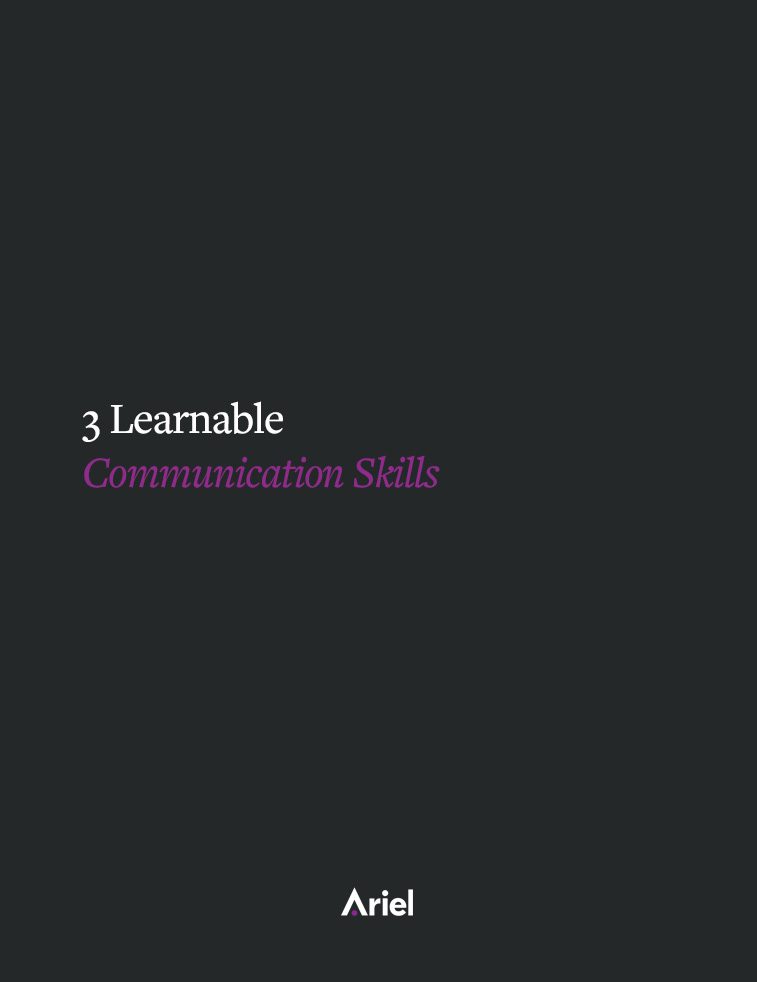Presentation Skills 101: Hop Off The Monotone Monorail

The intention of “educating” or “informing” can be a one-way ticket to data-dump land, courtesy of the monotone monorail.
You’ve just finished a lengthy presentation. Your audience is filing out of the conference room and a colleague approaches you.
“Nice job,” he says.
Because you are a leader with high emotional intelligence and the desire to improve, you ask him for more specific feedback.
He pauses and then says, “I think you could use more voice modulation.” Maybe you already know what this statement means; my experience is that it is code for “you are speaking in a monotone.”
Monotone isn’t necessarily what you’re thinking
When my generation thinks of monotone, we think of the teacher in Charlie Brown cartoons delivering a flat, colorless, wordless tome backstage. But not all monotones are this obvious. A monotone means just what it says—same tone. No variety. You are in monotone if you are speaking with the same cadence and tone for a sustained amount of time. A monotone can be high-pitched or low-pitched, flat or energetic. The point is that when you don’t vary your tone and cadence, over time your audience becomes lulled and ceases to hear the actual words.
Avoid becoming monotone by pinpointing your “passionate purpose”
Last year I was coaching a high-potential junior executive in a consulting firm. She was incredibly intelligent and hard-working. Her presence issue was that she spoke in a high-pitched voice that delivered a breathless, fast, sing-song kind of message. This type of monotone made her appear younger than she was, and less confident.
She needed to combat that issue by using an acting technique: intention. Here’s what seasoned actors know: they know exactly what their intention is, intention defined as what they want the “other person” to do, feel, or understand. Watch carefully the next time you see Leonardo DiCaprio or Meryl Streep in a movie—most often they are focused on their scene partner, listening intently and targeting their dialogue towards a very specific outcome.
I asked my client what she wanted her audience to do, feel, or understand. She paused. “I want them to be interested in what I’m saying. I want to educate them.”
These are both important things—the only problem here is that the intention of “educating” or “informing” can be a one-way ticket to data-dump land, courtesy of the monotone monorail.
“What if you wanted to motivate them to action, or excite them about the prospect of working with you?” I asked. She nodded tentatively.
We then took her formidable slide deck and began to break it down into intentions, or what Ariel has coined as “passionate purposes.” She wrote the passionate purposes in the corner of the slides to keep her on track. She started by welcoming the client to the meeting, then reassuring them that her consulting firm was not there to radically change their business—and then she inspired them about the possibilities for the future.
My client reported back after the presentation. One of her senior managers was in the audience and approached her afterwards. She was told that her personality came through, her delivery was much more natural, and that her modulation was much better. Success!
Focusing on your passionate purpose targets your message and makes it very clear to your audience how you feel and how you want them to feel. Most importantly, it helps you be natural and hop off the monotone monorail—and stride towards inspiring leadership.
Do you break your presentations into passionate purposes? What other tricks or tips do you use to avoid putting your audience to sleep?
This blog was originally published March 24, 2011 and was updated August 15, 2017 for accuracy.

